If you’re a warehouse safety manager for a group of national, regional, or local distribution centers, you know that warehouse fire risks are abundant in your facilities. You also know how challenging it is to stay on top of and minimize those warehouse fire hazards.
To help you do just that and stop fire before it starts, we’ve compiled the most common fire risks at warehouse distribution centers and what you can do to minimize those hazards. In most cases, it boils down to training employees to be diligent and aware of common warehouse fire dangers and how to prevent them.
What are Fire Risks in Warehouse Distribution Centers?
In a five-year National Fire Protection Association (NFPA) study, U.S. fire departments responded to an average of 1,210 warehouse fires annually, causing an average of $155 million in direct property damage, 19 civilian injuries, and three deaths each year.
Intentionally set fires were the leading cause of fire and the most destructive, causing 32% of all property damage. This was followed by these warehouse fire hazards:
- Electrical and lighting
- Trash and rubbish fires
- Heating equipment
- Exposure fires
- Combustible liquids/highly flammable materials
- Cigarette-related fires
- Automatic Storage Retrieval Systems
More recently, automation in warehouses and e-fulfillment centers, such as automated storage-retrieval systems (ASRS), has begun to present new fire risks that can not only spark a fire but make fires extra difficult to extinguish.
 Warehouse Electrical Distribution & Lighting Equipment Fires
Warehouse Electrical Distribution & Lighting Equipment Fires
In the NFPA study, from 2009-2013, problems with electrical distribution and/or lighting equipment were responsible for 18% of all warehouse fires. Though less destructive on property than intentionally set fires, these fires were responsible for 38% of civilian injuries.
Electrical and lighting fires were most often started by wiring, cables, and related equipment, followed by lamps, bulbs, and lighting. This category also includes transformer fires and blazes started by other power supplies, cords, and plugs.
To avoid such fires, never leave anything plugged in that isn’t necessary. Do not leave electrical equipment unattended. Keep flammable items (paper, packaging, chemicals) away from outlets and heat.
Additionally, do not use extension cords as permanent electrical solutions – they are only approved for temporary use. This is one of the most common fire-safety fails and severe code violations you can commit, and it one of the most costly.
Trash & Rubbish Fires in Distribution Centers
The NFPA study found there were roughly 170 trash-and-rubbish fires every year. With so much inventory in today’s massive distribution centers, the waste from unwanted packaging is immense and can quickly pile up.
Employee training is a big part of eliminating excess trash. If your warehouse employees do not put trash and recycling in designated receptacles as soon as they are finished unpacking items, it is not a matter of if a fire ignites but when, potentially leading to serious injuries and shutting down your business.
Piled up trash and packaging also lead to blocked exit pathways and doors, hindering a quick exit in the event of a fire. It is vital to keep all doors and exits unblocked and rubbish-free 100% of the time.
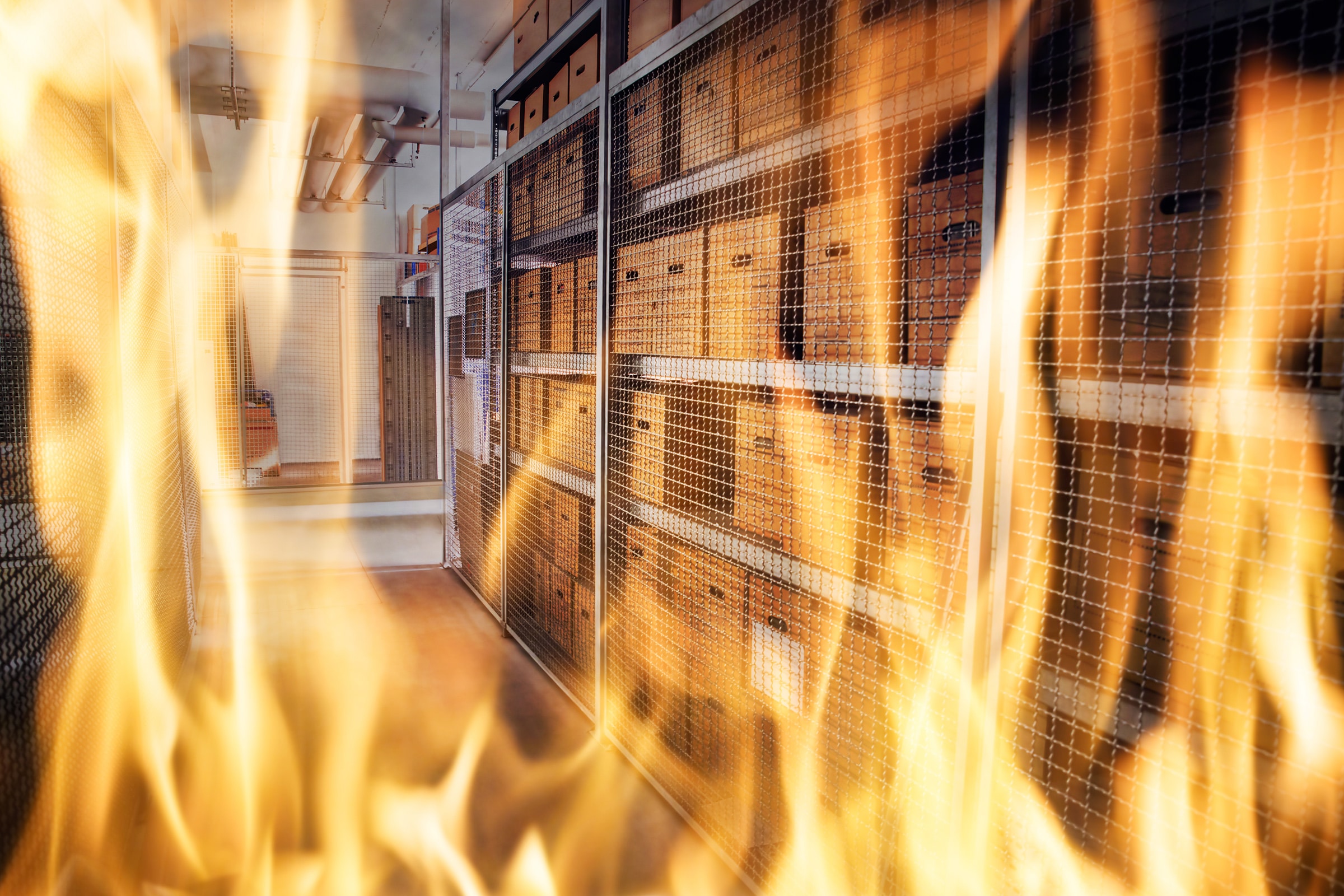
Distribution Warehouse Heating Equipment Fires
Fixed or portable space heaters, a confined fuel burner or boiler, central heating, a congested chimney or defective/unopened flu, and other heating equipment like heat sealers, cause roughly 90 warehouse distribution center fires per year.
Therefore, do NOT allow the use of portable space heaters (some insurance companies will not allow these for coverage). Instead, evaluate and upgrade your heating system – in the long run, this will cost less than dealing with a fire. It is also important to conduct regular inspections of and maintenance on your heating system, boiler, and chimney, and have designated areas with low fire danger where heat sealers and other portable heating equipment is used.
Warehouse Exposure Fires
Warehouse exposure fires result from another fire outside the building. In the NFPA study, external exposure fires accounted for 7% of all warehouse distribution center fires, and 7% of all direct property damage ($11 million) per year. External exposures include other buildings, vehicles, and outside objects such as trash, dumpsters, cigarette butt receptacles, trees, and landscaping.
The reason these fires are so dangerous is that an external fire may go undetected for a substantial period of time due to the location of the fire or lack of appropriate detection systems. Because of this, it is imperative to completely extinguish cigarette butts and put them in a sealed receptacle designed for them, not thrown on the ground or in bushes, and keep anything flammable away from exterior electrical outlets, cords, and hot lighting.
Flammable & Combustible Liquid Fires in Warehouses
Most distribution and e-fulfillment centers encounter extreme hazards with gas lines, liquid gas, or propane involved in heating and cooling sources, motors for overhead doors, forklifts, trucks, and other equipment, as well as kitchen appliances, and in some cases, tools and outdoor appliances. Gas and other flammable liquids can ignite instantly when in contact with a spark or open flame.
Warehouses also hold an enormous amount of highly flammable inventory and hazardous materials. The best prevention against one of these extremely hot, explosive fires is to train and educate all employees on storing, handling, and using combustible and flammable liquids and gases, and follow the strict protocol mandated by OSHA1926, NFPA30, and your local Authorities Having Jurisdiction (AHJ) guidelines.
Flammable and combustible liquids, gases, piping, and filters ignited first in 6% of fires yet caused 31% of civilian injuries and 12% of direct property damage. – NFPA Structure Fires in Warehouse Properties Report
Smoking Materials & Cigarette Fires in Warehouses
In the NFPA study, smoking was the leading cause of warehouse fires in 60 fires per year, causing $17 million in direct property damage. This fire hazard is one of the most avoidable and should be a non-issue in today’s mostly non-smoking workplaces.
However, as smoking is still allowed by many businesses in designated outdoor areas, it is imperative to be diligent. External areas are highly susceptible to smoldering cigarette butts igniting trash that’s not in its proper place, shrubbery, dry grasses, leaves, and trees.
If you allow smoking on your warehouses’ premises, designate smoking areas away from main buildings and flammable items. Keep trash dumpsters and bins away from these areas, make designated cigarette receptacles obvious, and post signage to remind smokers to extinguish cigarettes completely.
Cigarette fires cause nearly 1,000 deaths and 3,000 injuries each year. As the ignition source responsible for over 20% of all fire deaths, cigarettes are the nation’s largest single cause of such deaths. – NFPA
Fire Risks of Automatic Storage Retrieval Systems (ASRS)
While automation and robots make warehouses more efficient, they also add new fire risks. In automated warehouses and distribution centers – especially e-fulfillment centers – typically, goods are stored in open, plastic storage bins.
- These bins, when set on fire, burn hotter and more severely than cardboard or wood containers.
- The cables that run the robotic “arms” can fray and get caught on various racks, conveyor systems, and a host of other equipment, causing the potential for sparks that lead to fire.
- In an automated warehouse, racks are often stacked much higher than in non-automated warehouses. If there is a fire, those extra-tall racks may divert fire sprinkler water from the containers making fire protection more difficult.
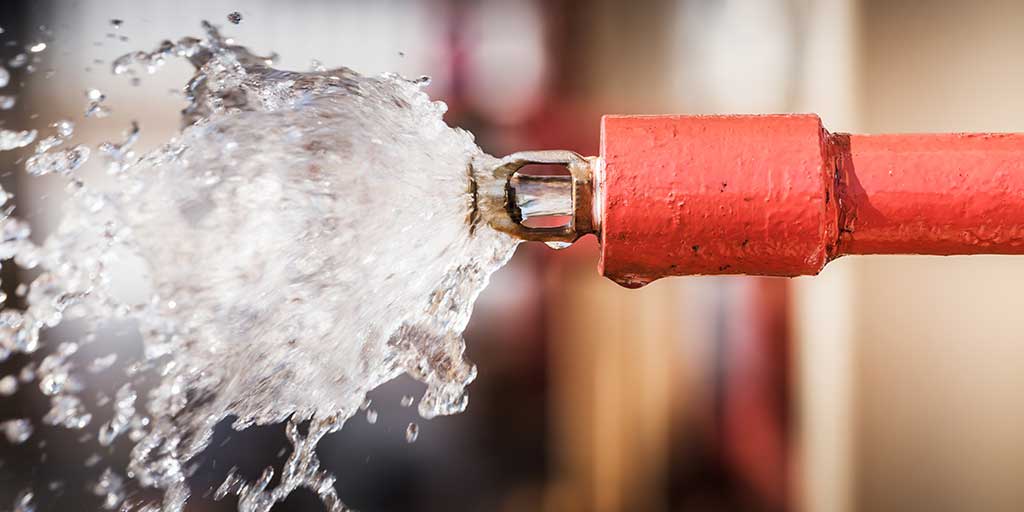
Sprinklers & Suppression Systems Protect Against Fire Hazards in Warehouses
An essential element to stop warehouse fires is a well-designed sprinkler system and/or fire suppression system that is the right designation for the size and contents of your warehouse distribution center. It is also critical to inspect, maintain, and repair your fire protection systems in accordance with NFPA 25 and your local codes.
Guidance for warehouse fire protection systems is available from NFPA 13, Standard for the Installation of Sprinkler Systems, and NFPA 230, Standard for the Fire Protection of Storage.
Wet pipe sprinklers were effective in 84% of the warehouse fires in which they were present and contributed to a 61% reduction in dollar loss in those fires. – NFPA
Experienced Warehouse & Distribution Fire Protection Services with AIE
Distribution centers, warehouses, and e-fulfillment centers have become massive – often exceeding multiple football fields in length and reaching 100 feet in height. Tall ceilings, an enormous amount of square footage, and high-piled racks stacked with commodities and hazardous materials can impact how fast a fire spreads and how sprinkler heads or suppression nozzles are able to extinguish a fire.
Therefore, to determine if your warehouses have the right fire protection equipment, water supply, and life safety systems required, consult with your local Authorities Having Jurisdiction (AHJ) and reputable fire protection companies that know NFPA standards and codes and nationwide, statewide, and local codes, like AIE. We mitigate fire risks at warehouse distribution centers.
Our fire protection services include:
- Code consulting
- Fire protection systems design and engineering
- Water supply testing
- Third-party inspection management
- Inspections, maintenance, repair of:
Are Your Warehouses as Safe as Possible from Fire Hazards?
As companies like Amazon, Walmart, and others continue to expand their warehouses’ size and scope to meet the demand for online order fulfillment, new and existing warehouses must stay up-to-code with fire protection that meets the enormity of these facilities. Are you sure your nationwide, regional, and local warehouse distribution centers are as fire-safe as possible? Are you protected against the fire hazards in warehouses? We specialize in warehouse distribution centers, so we can ensure the best distribution center safety.
AIE is here to help you determine if you’ve got the right fire protection at each of your commercial warehouse facilities. We can also manage whatever fire protection and life safety systems and inspections you need help with and do it with maximum efficiency and minimum disruption, 24/7/365. Contact us today to learn more about the best fire safety measures in warehouses and distribution centers possible. 800-892-9863
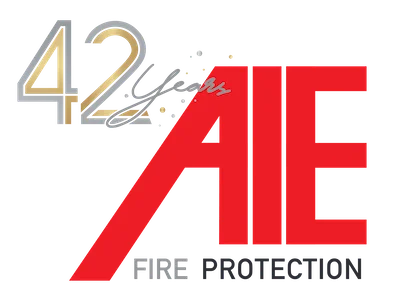

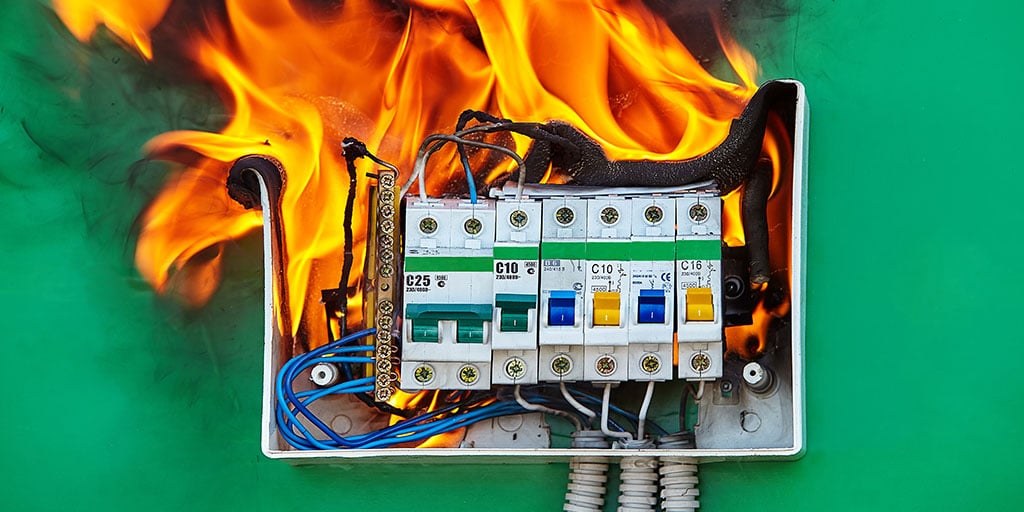

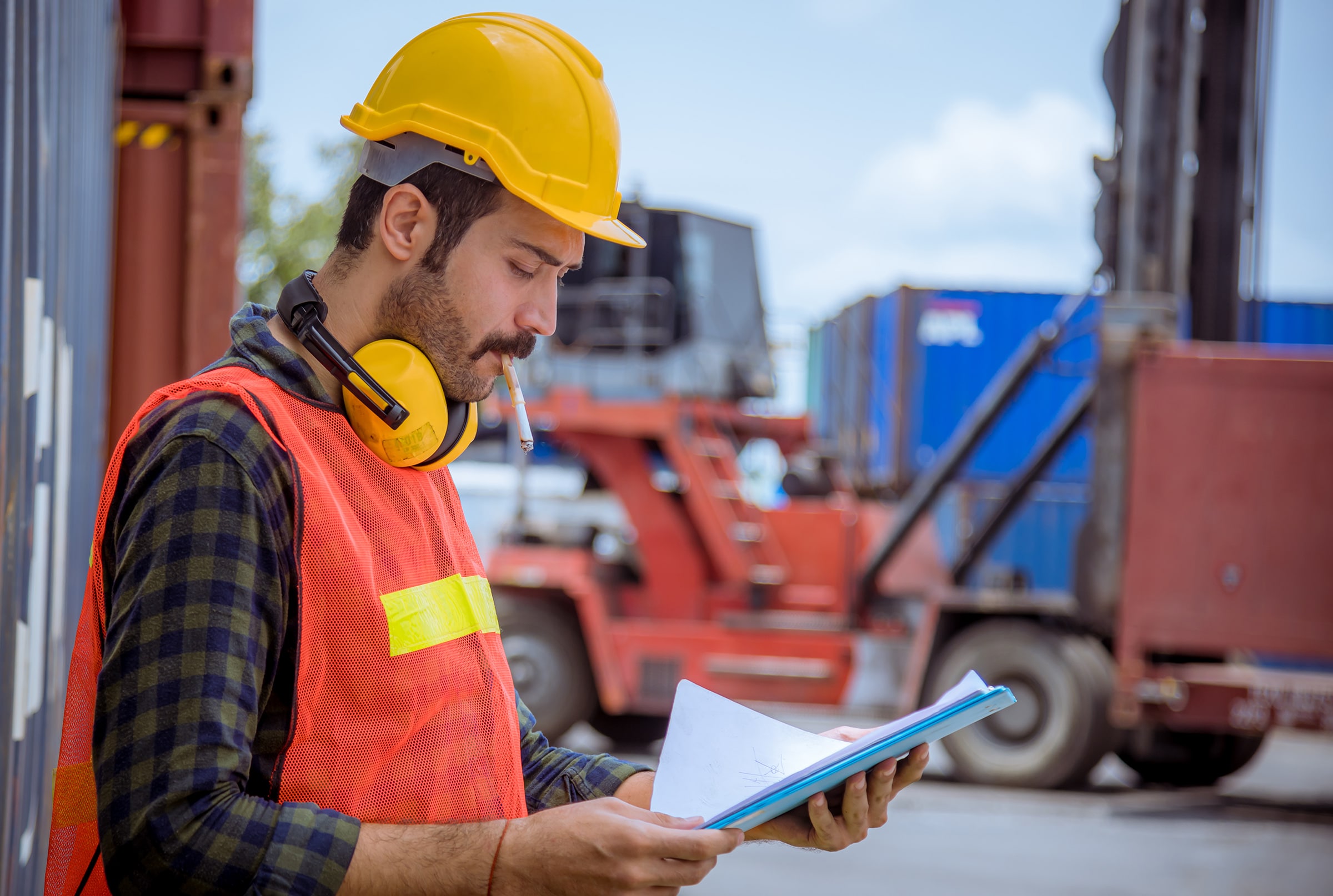

Recent Comments